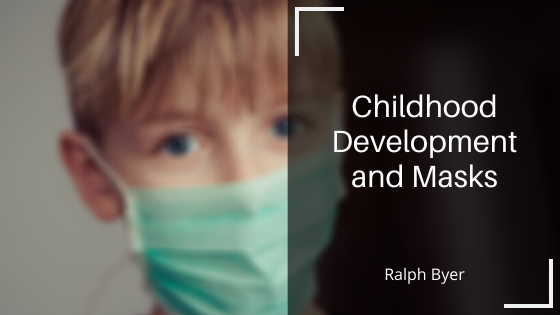Young children typically learn about society and human interactions by watching the faces of adults around them. They take smiles, frowns, pursed lips, and grimaces as vital social cues. During the coronavirus pandemic, many of those cues may no longer be available.
In school, teachers, administrators, and counselors are likely to have their lower faces hidden by masks. This has some parents asking themselves an ominous question: Will my child’s development be affected? Luckily, the answer to that question is “probably not.”
Kids might rely on smiles and frowns to learn from adults, but they are also remarkably adaptable. With the mouths around them suddenly covered, children will look to other parts of the body for social cues. They’ll tune it to the body language, eyes, and voice of masked teachers, making up for the lack of communication-by-facial-expression. This might prove challenging for some children, especially those who are hearing or speech impaired, but ultimately they’ll adapt. If kids have proven over the course of generations, it’s that they’re exceptionally resilient.
While kids are sure to get by just fine, a concerned parent can always go the extra mile to prepare their child for a masked world. Here are four steps that certainly wouldn’t hurt.
Remove and Replace a Mask
By quickly taking off their mask and putting it back on again, a parent shows a toddler that the facial expression remains even after it has been covered. This will help the child recognize that the actual sight of the smile is not necessary for the emotion to be present.
Teach Body Language
Stuffed animals can be a great way to show children how body language effectively communicates feelings and emotions.
Show Videos that Demonstrate Speech
For a child with speech challenges, a video therapy session in which a therapist repeating target words is a proven method. This repetitive exercise will make up for the learning opportunities that are lost while teachers wear masks.
Prioritize Maskless Interaction at Home
Take advantage of the child’s time at home to maximize maskless interactions. This will give your child plenty of opportunity to learn from the types of visual cues they can’t receive during the school day from their masked teachers.
